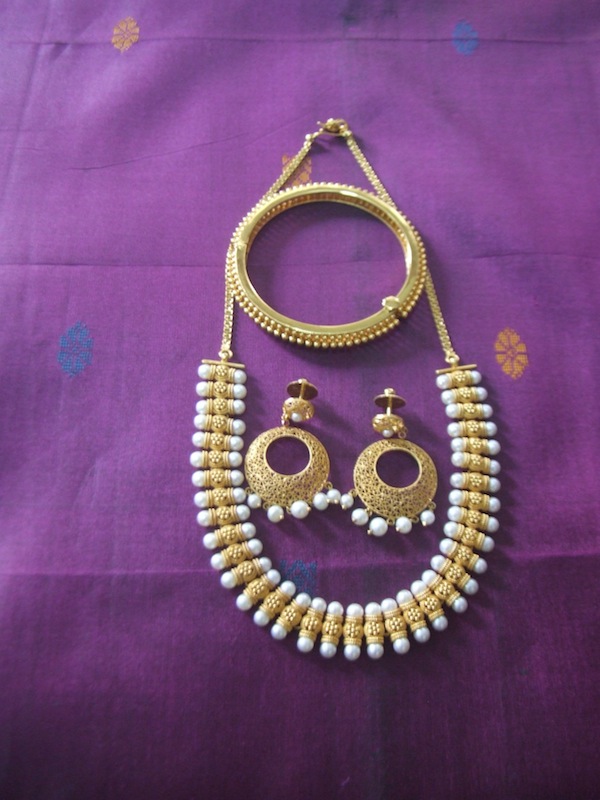
As I recall “Black July” 1983 on 23rd July 2013, 30 years have quickly passed by, but my memories of “Black July” remain fresh and intact in my heart. On a Saturday morning, we heard the news about an ambush (13 army soldiers were killed) in Thirunelvely, Jaffna Peninsula on 23rd July 1983. As a family discussed the serious matter in detail. Following the official funeral of the 13 soldiers in Kanatte Cemetery in Colombo on 24th July 1983 (Sunday evening), we have received numerous phone calls via our land phone about the beginning of the pogrom on Sunday night. We were warned; we were concerned: and we were worried.
Nevertheless, we were attacked instantly and our houses were looted continuously. We were made refugees in our own land. Tamils who lived in Sri Lanka with dignity were forced to lose their identity and respect immediately. My parents have gone through loss, displacement and trauma for more than once in their life time with regards to anti Tamil violence in Sri Lanka. Our expensive pure silk sarees and gold jewelleries were snatched in front of our eyes. Pure silk sarees and gold jewelleries are precious to Tamil women. They are gifted from one generation to another, and worn as treasured gifts with affection. Especially these gold jewelleries included birthday and wedding anniversary gifts. I can recall that in my family we never have thrown a pure silk saree or a pure silk dhoti, we kept wearing them until they have torn into pieces. Afterwards, we used to make silk skirts upto the angles, and matching blouse to be worn for weddings, special occasions and school functions. But, they all have been snatched away from our wooden almarahs. They were carefully dry cleaned, perfectly folded, and hanged and were ready to be used immediately for the next upcoming event.
We, Tamils are a resilient community. We, a dignified Tamil family were forced to lose everything, and start our lives from the scratch. As a result, my family had to work harder in order to regain what we had lost, except the lives and identities.
We have lost, we were displaced and we were made “compulsory refugees” in a land where we as Tamils were born equal at birth.
I, as a Thamizh woman carry certain values when I wear a pure silk saree, gold jewelleries and jasmine garland on my short hair or little pony tail or braided hair and a pottu on my forehead. It is not easy to forget the still haunting memories. Especially when I travel through various places in Colombo where burning of Tamil civilians alive has taken place, shops and businesses belonged to Tamils for many generations were on fire and hurriedly set up refugee camps at Saraswathy hall and at popularly known Maanikka Pillaiyaar temple (also known as Sammaankodu Sri Maanikka Vinayagar temple) in Bambalapitya, my memories keep revisiting the haunting past of July 1983, but I cannot forget because they are woven with my heart.
It does not come as a surprise, whenever many of my relatives, some friends and colleagues cannot escape from asking me “Then why are you still living in Sri Lanka?”, “Why haven’t you thought of leaving the country?”, “Are you not afraid to live in the same place?”. My simple answer to them is “I have neither thought nor left the country not because I feel safe or I love my country, but I have a duty to perform being a citizen, despite my rights have been and still being violated!”.
It is sad to note that nobody has apologized in person or in public to the Tamils for “Black July”, instead we Tamils were made fun of by many.
With unconditional love, I remember my family members and friends who have been burnt alive in Colombo in July 1983. I will also cherish the memories of those you lost.
###
Editors note: The author is part of a project, curated by Groundviews, that brings together leading documentary filmmakers, photographers, activists, theorists and designers, in Sri Lanka and abroad, to focus on just how deeply the anti-Tamil pogrom in 1983 has shaped our imagination, lives, society and polity.
The resulting content, featuring voices never captured before, marrying rich photography, video, audio and visual design with constitutional theory, story-telling and memorialising, has no historical precedent.
The project is an attempt to use digital media and compelling design to remember the inconvenient, and in no small way, acts of daring, courage and resistance during and after Black July.
Read more here.
